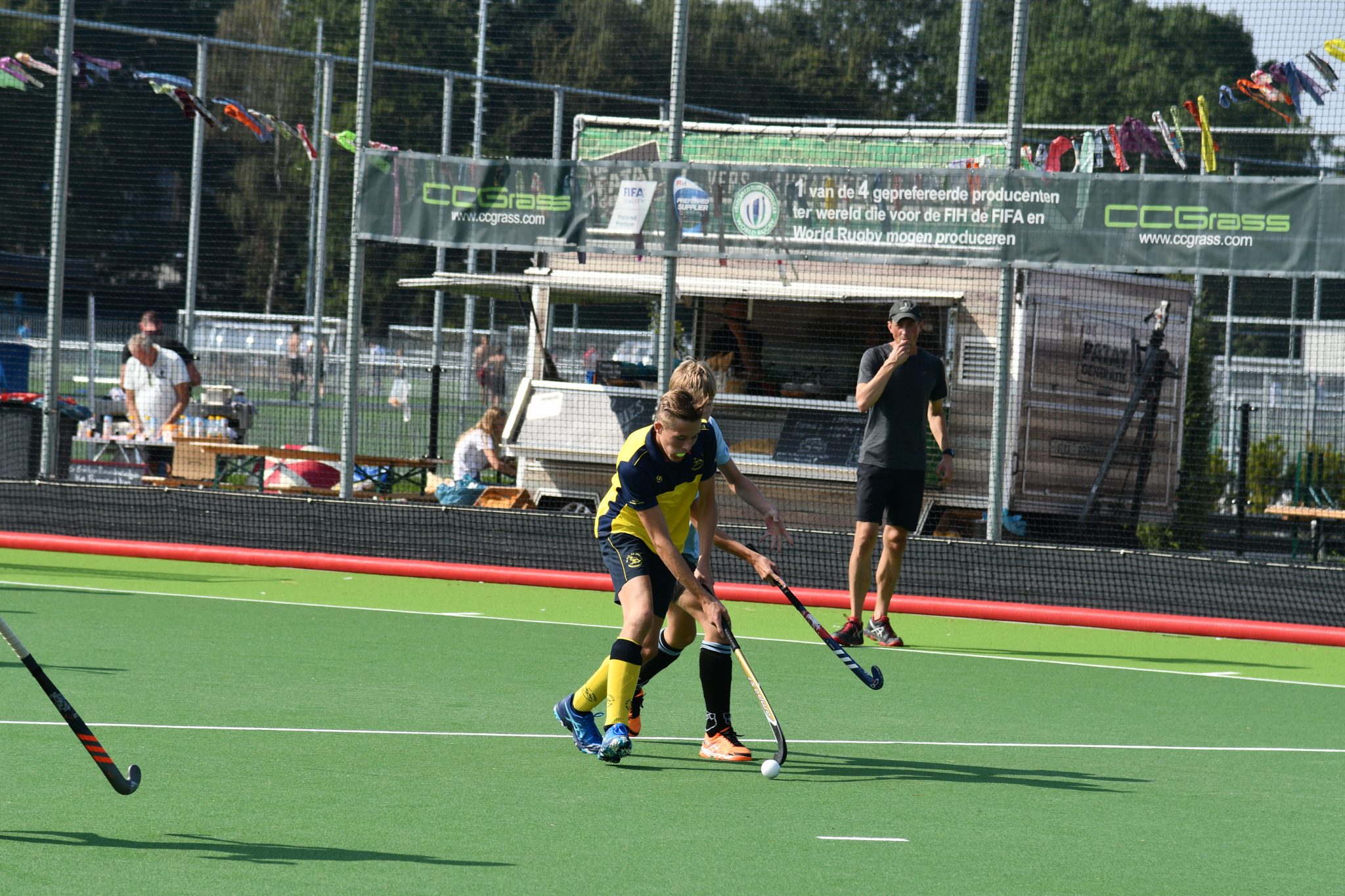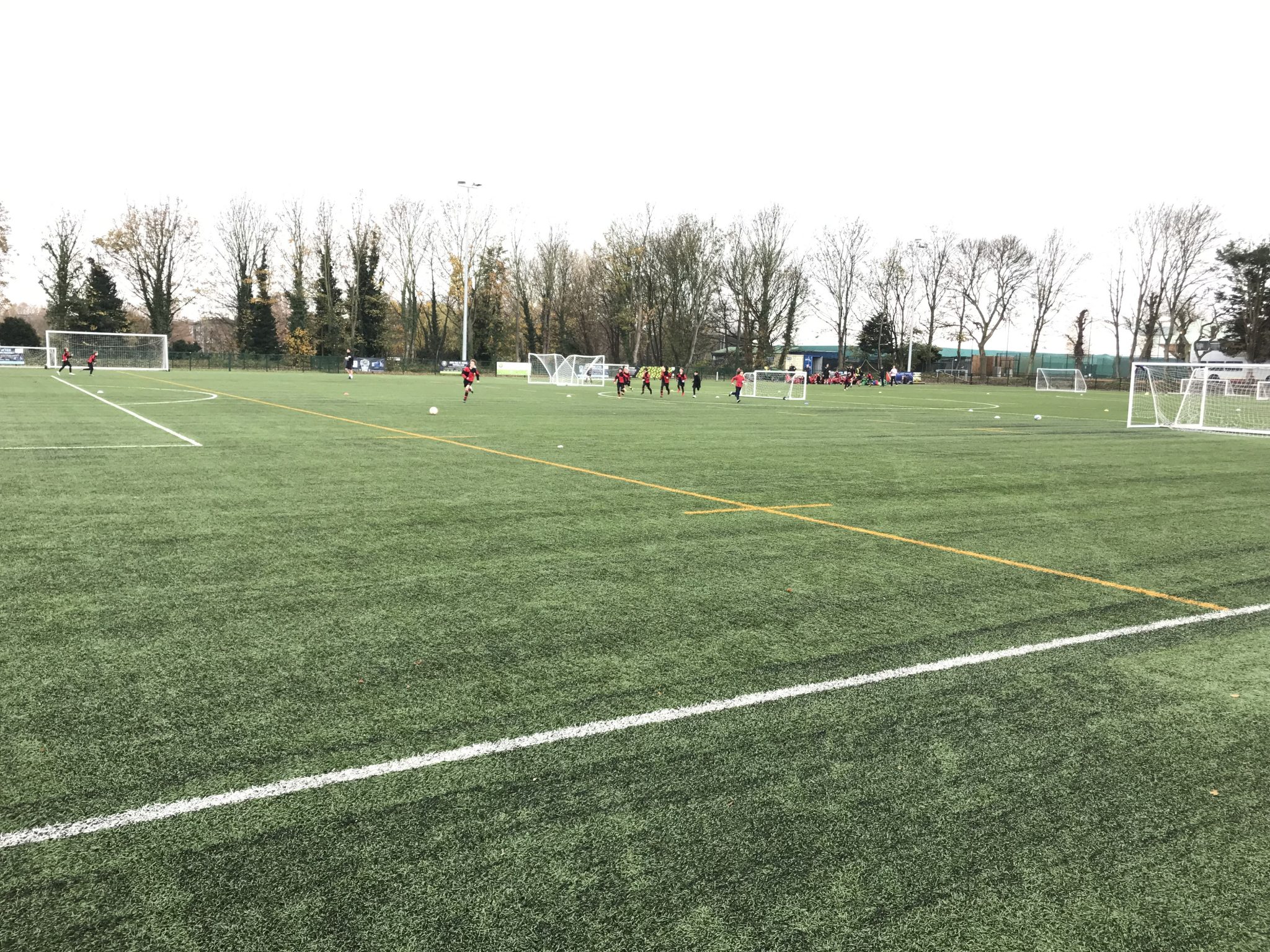How does artificial turf benefit schools?
- 05/28/2020
The use of synthetic turf in schools has been a significant development in providing sports facilities over the last thirty or more years. Governments have tasked education bodies to increase outdoor activity, embrace sports and improve the welfare of their students. This has seen a change from, “Do you have a synthetic pitch at your school”? to, “What type of synthetic turf pitch do you have”?

This has meant that sports teachers have much better facilities to take classes on. We asked teachers for their opinions on what they looked for. Ben Alberry, Director of Sport at Kent College, explained, “As a sports teacher, the quality of the pitch that is used to teach sport on is hugely important. It can dictate the entire lesson and is a major factor in how much the children will take away from the session.
“So for me as a head of hockey, I look for a smooth and consistent surface. From a teaching point of view the least abrasive is the best for the children. I only use mine for hockey, athletics and the occasional football as too many lines ruin it. The pitches that we use have many great features but the different colours are great, as is the runoff space.”
Ben, however, warns, “The biggest failing I find is that many sand dressed turfs get dry and sticky when the temperature rises above the norm, or are played on in summer. This means the choice of system is important and you need to be clear on what you will use the pitch for.”
CCGrass European Office CEO, Bryn Lee, takes up this point, “Choosing the right surface is absolutely essential. If a school is predominantly hockey focussed then choose that type of surface. Likewise, with football our most dominant school sport, don’t compromise performance by making footballers play on a multi-sport pitch”.

A feature of synthetic turf sports fields at schools is the amount of use they receive. For example a recent survey at Club des Sport’s main pitch in London, showed that school use started at 9.00am and finished at 4.30pm during the week, with football and rugby the main sports played. In addition, the field became a playground during lunch break. Kenny Abbott, UK Director for pitch builders, PST Sport commented, “ This pitch is unique in that it is not owned by a school, but its facilities are used by several in the area. This demand has seen further investment planned for more synthetic turf facilities.”
Perhaps the fundamental reason why so many schools now have artificial grass facilities comes down to simple numbers. More children can play sport in the same area, whatever the weather and in complete safety. This allows sport teachers to offer a variety of options to pupils, whatever their ability or sporting interests.
Take a look at how Corpus Christi Primary School found their perfect pitch.
For more information on finding the right surface for your school contact
Jamie Forrester on 07825 368059
jamie.forrester@ccgrasseurope.com




